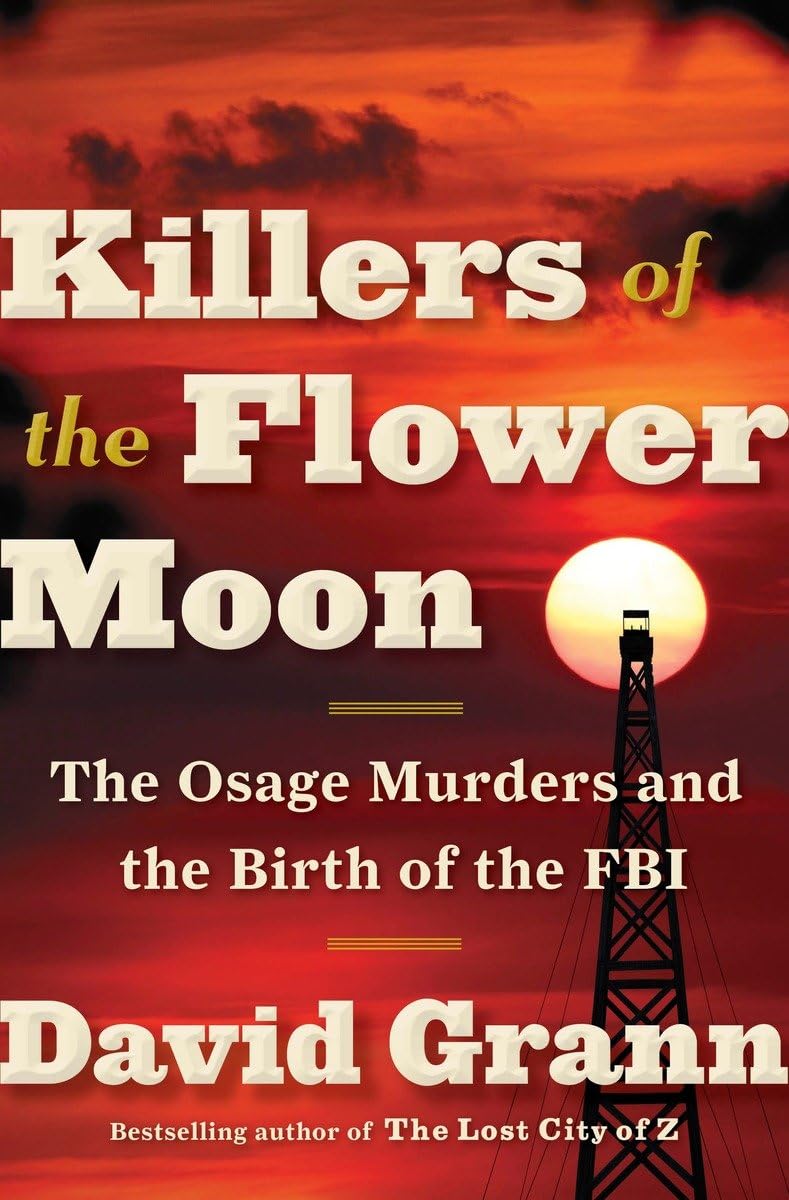Illustration Credits
byThe documentation credits a rich array of sources for the illustrations utilized, underscoring the comprehensive effort to visually represent the historical and cultural contexts addressed in the book. Notably, the contributions are diverse, spanning individual contributions, public institutions, and private collections, highlighting a collaborative effort to assemble a visually informative supplement to the textual narrative.
Personal contributions, such as those from Archie Mason and Raymond Red Corn, exemplify the close connections and firsthand narratives that enrich the book’s authenticity and depth. These personal contributions are complemented by institutional support from esteemed entities such as the Osage Nation Museum, the Oklahoma Historical Society, the Bartlesville Area History Museum, and the Federal Bureau of Investigation, among others. This wide range of sources underscores the multifaceted approach to gathering visual evidence and testimonies to support the book’s narrative.
Significant attention is given to historical documents, with the Western History Collections at the University of Oklahoma Libraries being a major source, offering a trove of photographs and documents from the Finney and Cunningham collections that provide a window into the past. The inclusion of materials from the Library of Congress and Corbis further extends the reach and depth of historical visual documentation.
Moreover, the credits highlight a geographical spread in sourcing, from the local (Osage County Historical Society Museum) to the national level (National Archives at Kansas City), indicating the expansive effort undertaken to visually chart the book’s thematic concerns. Acknowledging the contributions from entities such as the Montana Historical Society and the Austin History Center exhibits a commitment to capturing a broad spectrum of historically significant visuals.
The illustration credits, through their detailed acknowledgment of sources, reveal a conscientious dedication to preserving and presenting a visually rich historical narrative. This aspect of the book not only enhances the reader’s understanding and engagement but also serves as a tribute to those who have contributed to or been part of the depicted events and eras. The meticulous assembly of credits showcases the blend of personal narratives, institutional archives, and collective history that visually complements the textual exploration within the book.


